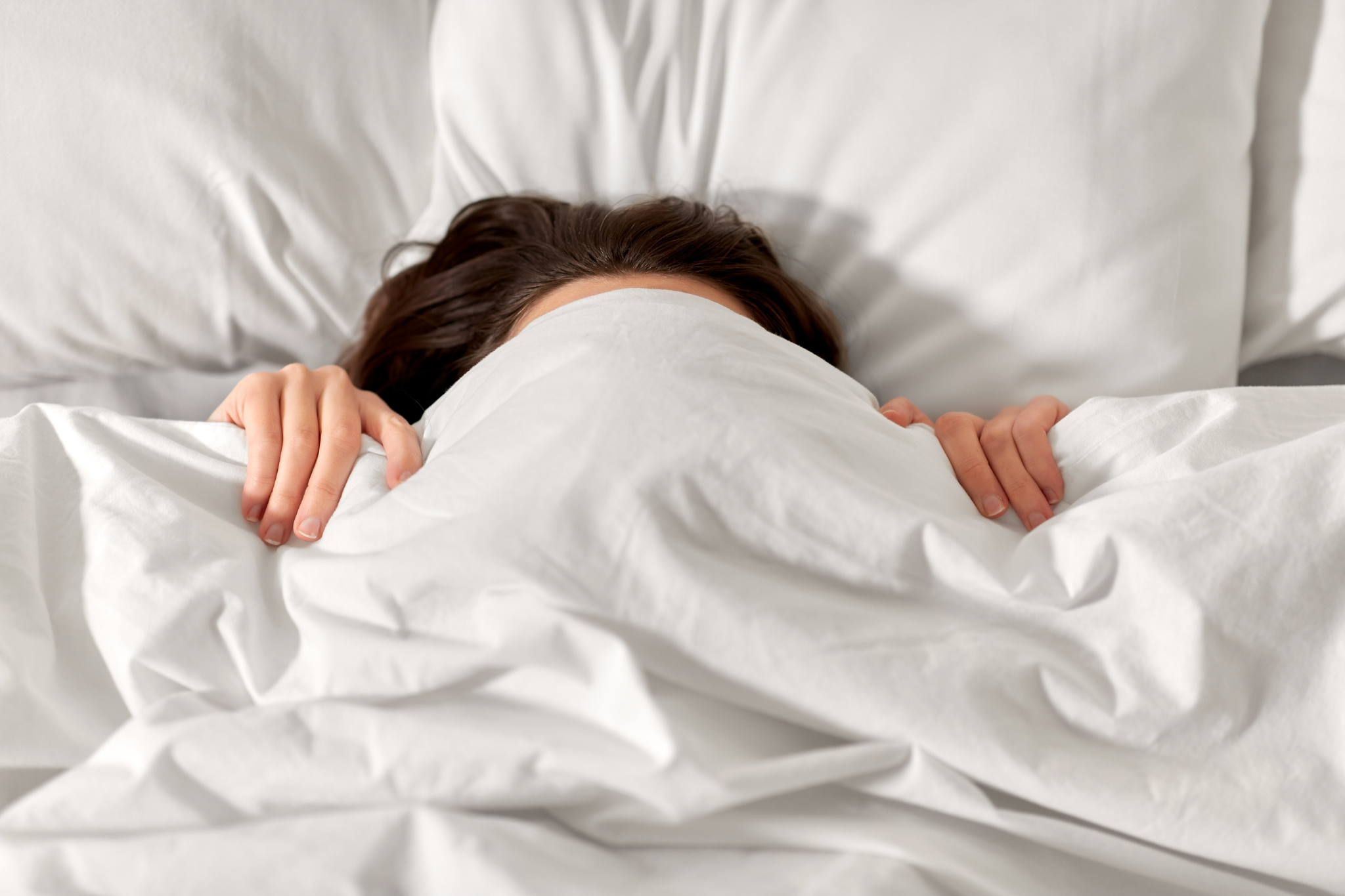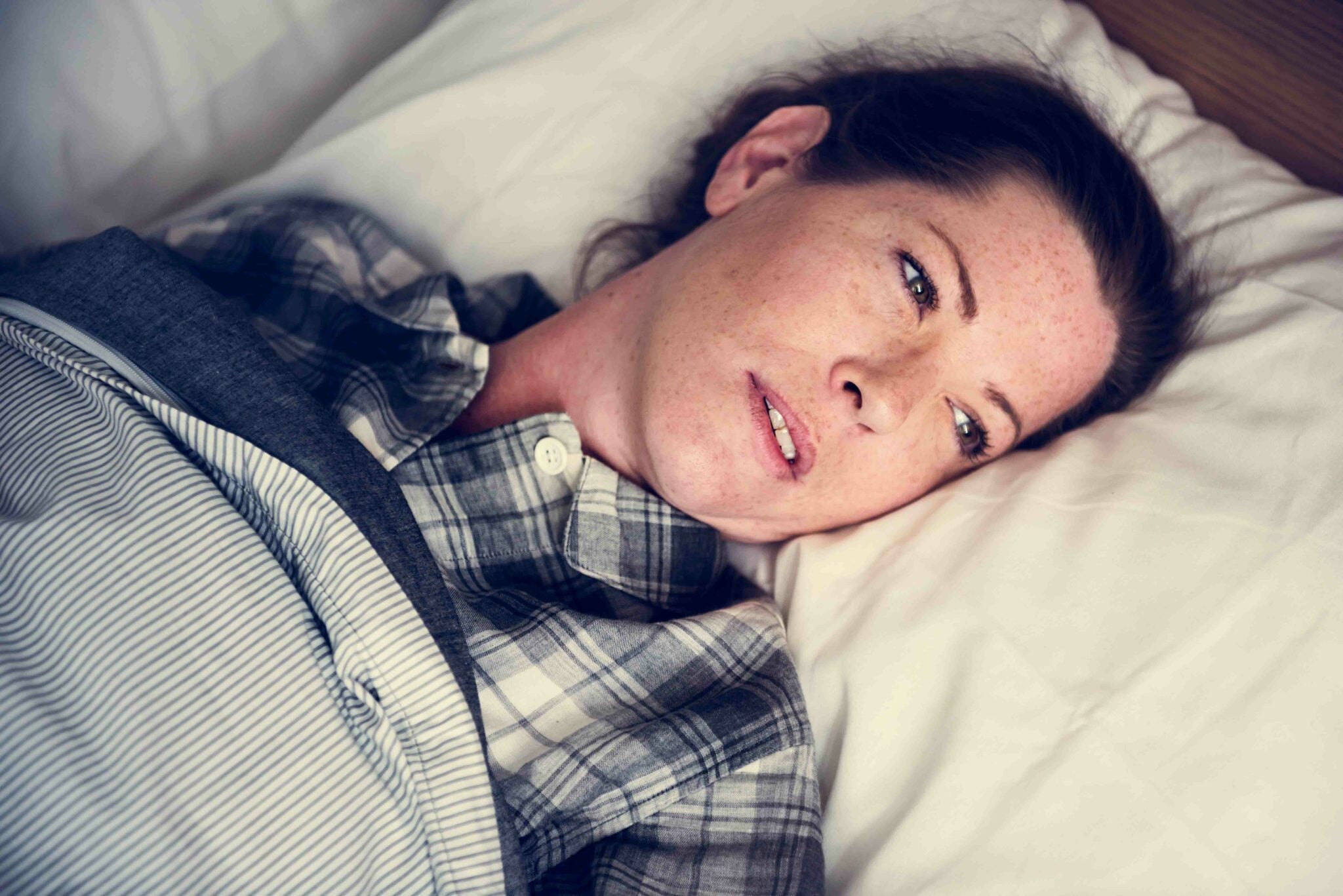There is a direct linear relationship between pain, mood and sleep. If you wake up in the morning with pain it’s going to put you in a bad mood, and if you’re in a bad mood and have pain it’s going to lead you to struggle to get to sleep at night. Before long, a vicious cycle starts to set in.
Relationship between pain and sleep
Research has uncovered a link between the detrimental effect of increased sleep problems and pain outcomes.
It is understood that both the quality and quantity of sleep can be directly affected by the amount of pain we experience. Whereas it’s more common to find people making the distinction between pain and having poor sleep, it’s less well known that poor sleep is now being understood to contribute to pain itself – the relationships are likely to be multidirectional.
This is because a reduced amount of restorative sleep hampers the body’s immune response and can affect cognitive function.
There are theories that suggest those of us who have trouble sleeping may have associated increases in inflammatory markers. This contributes to a greater risk of inflammation throughout the body – results of which can amplify pain in the long-term.
When looking at how pain relates to deteriorating sleep performance there are a couple of common causes; among others, these are discomfort and induced insomnia.
Discomfort

It is estimated that between 50% to 80% of those living with chronic pain experience sleep disruption. Back pain and arthritis can cause the body to feel uncomfortable when resting and lead to constant readjustments throughout the night.
The Arthritis Foundation highlight that 80% of people with arthritis have trouble sleeping due pain and/or stiffness in your muscles and joints. This, in turn, causes constant tossing and turning. Continual repositioning into more comfortable lying positions can contribute to a disturbed and reduced quality of sleep.
Insomnia

Another sleep condition related to chronic pain is insomnia. Insomnia is not just about having trouble getting to sleep, but also the ability to stay asleep and not rise earlier than expected.
The connection between insomnia and pain is to do with the way the brain is stimulated through the pain pathways. It’s this stimulation that causes someone to stay awake.
Pain, such as back and musculoskeletal pain, arthritis, fibromyalgia and cancer pain, are all examples of chronic types of pain that contribute to insomnia.
Mood and Sleep

We are all aware that poor sleep can lead us to wake up on the wrong side of the bed so to speak! However, it can affect us much more than just being a bit grumpy.
Pain-induced sleep disturbances can be a result of psychiatric related issues. Common causes are anxiety and depression.
People who report trouble sleeping have greater levels of anxiety, depression and worse deterioration in physical and psychosocial functioning. As mentioned earlier with the relationship of pain and sleep, mood and sleep can also work both ways.
Not getting enough sleep can be detrimental to your mood, and mood (especially mood disorders e.g. depression) can affect how well you sleep.
Sleep posture is a possible solution
Sleep posture is nature’s reset button and a way to break the vicious cycle of poor sleep, mood and pain. It’s the single most important intervention for getting good quality sleep.
It could be that your existing sleeping position is causing you pain. Lying in certain positions, especially on a surface that’s not providing you with enough adequate support could trigger muscle strains and tension to occur.
Therefore if you’re experiencing disturbed rest as a result, it may mean you need to consider your sleep posture. It’s simple – the two components to sleep posture are your sleeping position and your sleeping surface.
Your sleep position
To achieve an optimised sleep posture, it’s recommended you sleep on your side in a semi-foetal position. This position puts the least amount of tension through your spine and can help you achieve neutral spinal alignment.
It’s important to select a right sized pillow – one that’s not too high or too low. Ideally, it should fit the space between the earlobe and the scapula.
To help your hips remain neutral, place a second pillow between your knees and ankles.
If you tend to sleep on your back then this is fine too, but only if you optimise it. To help optimise your posture in this position, simply put a pillow under your knees – this will tilt the pelvis and reduce the gap between your back and the bed surface.

Your lying surface
Your sleep posture is affected by the position you lie in and the surface you lie on. Uncomfortable beds lead to restless nights and as we know, this leads to drop in mood or increase aches and pains.
If you find that your body sinks into your mattress, you are not in control of your posture. It’s vital that you find a mattress that provides comfort and pressure relief, yet is firm to ensure optimal postural support. Achieving both elements of sleep posture and could see you reap the benefits of:
- A more restful sleep
- Reducing your neck and back pain
- Improving your digestion and circulation
- Lessening tension in neck and shoulders
- Boosting your energy levels
- Increasing your lung capacity
- Increasing your core strength
- Decreasing snoring
Learn more about our sleep posture pillows






5 Healthcare Sleep Interventions To Help Patients
Comfort isn’t everything: what else do you need to sleep?